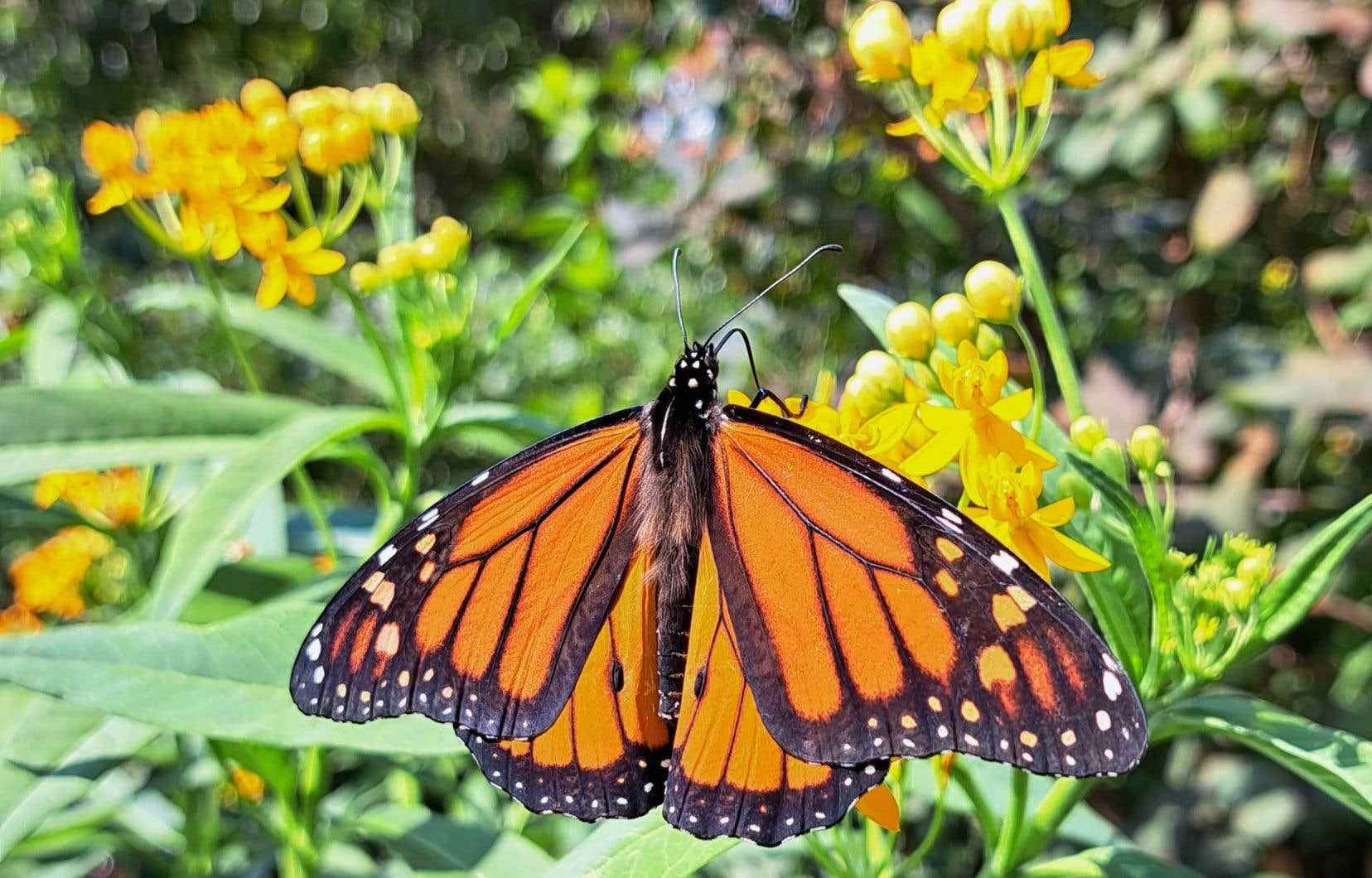The Trudeau government intends to come to the aid of the monarch butterfly. Federal scientists assess that this species is downright endangered, and Ottawa wants to use the Species at Risk Act to better protect habitats deemed essential to its survival, particularly in Quebec, has learned. The duty.
As Montreal prepares to host the UN conference on biodiversity (COP15), the federal government has just published in the Canada Gazette a “notice of intent” announcing a 45-day public consultation that must lead to the classification of the monarch butterfly as an “endangered” species according to the law.
The Liberals thus finally agree with the opinion of the Committee on the Status of Endangered Wildlife in Canada, which had recommended in 2016 that the moth receive this designation, the most severe status provided for by the Species at Risk Act before that species “extinct” in the country.
Protect habitat
According to information obtained by The duty According to sources familiar with the matter, the federal government intends to use the new classification of the monarch to better protect the places it frequents. The status that will be granted to it will indeed involve the development of a recovery plan and the designation of “critical habitat” to ensure its survival in the country.
Several habitats could be designated in Quebec, including possibly the “Champ des Monarques”, land belonging to Aéroports de Montréal and located near the Pierre-Elliott-Trudeau airport. The organization Technoparc Oiseaux has been campaigning for several years for the protection of the sector, which was the subject of cuts that mowed down many milkweed plants last summer.
A government source also underlined that the federal government intends to better protect important natural environments for species at risk, and that the preservation of the monarch is part of this desire. In an interview with The Canadian Press, the Canadian Minister of the Environment, Steven Guilbeault, recently warned municipalities and provinces that there will be no more tolerance for the destruction of habitats sheltering endangered species.
Necessary international collaboration
In the eyes of the director general of the Society for Nature and Parks of Quebec, Alain Branchaud, the protection of the monarch butterfly is obviously a good decision. However, he invites the federal government to clearly identify the important habitats of the insect and, above all, to collaborate with the American and Mexican authorities in order to ensure its survival.
The butterfly’s complex life cycle means that conservation efforts must reach beyond Canadian borders into the United States and Mexico.
Adult butterflies that overwinter in Mexico breed the following spring, and the females then lay eggs on a specific plant species, milkweed. Monarchs then migrate north to arrive in Quebec in June, where they also breed. Several generations of monarchs can follow one another before these butterflies reach our regions.
The insect therefore faces multiple threats, including the impacts of climate change. Monarch caterpillars are particularly vulnerable to habitat destruction, since they feed only on milkweed.
Monarch populations have plummeted in recent years in North America. The eastern population (which migrates notably to Quebec) has gone from 384 million butterflies in 1996 to about 60 million today; this is an 85% drop. The situation of the so-called “western” population is even worse: it has gone from 1.2 million butterflies in 1997 to less than 30,000 today.
